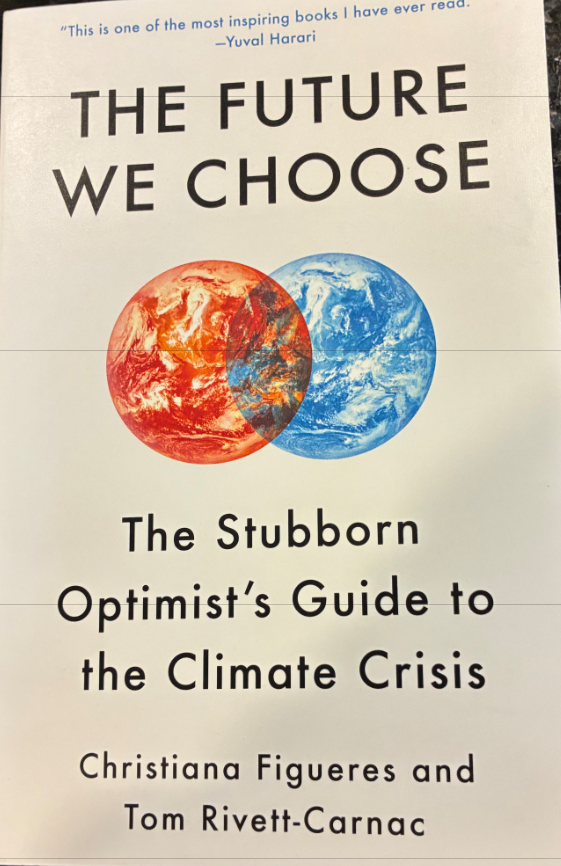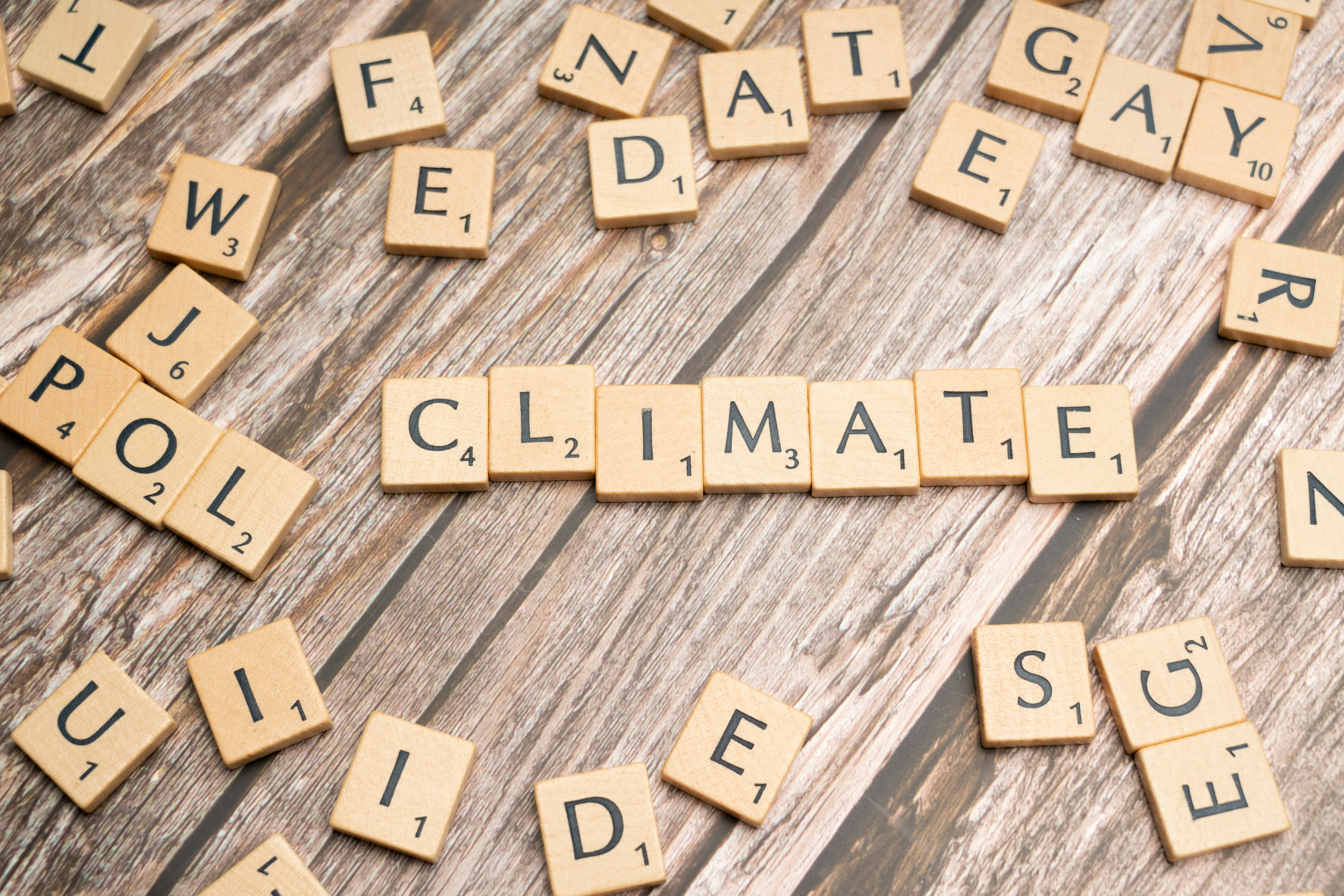In the News
Creative approaches to environmental education

In a time where the current and future generations are being called to properly address changing climate, environmental education has become more crucial than ever. Several community members have taken it upon themselves to spread environmental education using a variety of media. The artwork displayed at the PEG Upsurge exhibition, the Remembrance of Climate Futures plaques, and the Indian Hill Reservoir Tree Walk are all forms of creative communication about environmental challenges. They foster environmental stewardship through a creative lens. These presentations are meant to inspire reflection, interpretation, and action.
A Gallery of Esteemed Eco-Art
Paula Estey uses her gallery in downtown Newburyport to promote and demonstrate artists' passion for environmental activism. Her gallery has evolved with her values as an activist since its opening in 2014. Paula is currently holding an exhibition titled Upsurge: The Environmental Show. a “multi-media exhibition by New England artists about Nature’s impermanence” until Aug. 5. The artists’ work promotes environmental activism through their assemblages and even the elements used in their creations. Each artist has a unique approach to spreading awareness and education.
Artwork of the Wrack Line
Rebecca McGee Tuck, an artist and collector of “lost objects”, spends most of her days gathering what washes up on the wrack line at Humarock beach. Most of her collections are used in her art, what cannot be used is recycled or disposed of. This typically consists of marine industry products such as bait bags, lobster traps, clothes, and balloons of which she weaves together. Rebecca says, “Working with all the stuff can be overwhelming at times because there is exponentially more.” Rebecca intends for her work to spread hope and educate people about the small actions they can take to help the environment.
The Mammoth Impact of Microscopic Waste
Michelle Lougee is a sculptor who strives to spread awareness about how much plastic we use becomes waste. Taking notice of how much individuals contribute to this waste may inspire them to reconsider their choices as consumers. Her work in the PEG exhibition portrays microscopic marine phytoplankton at enlarged scale, crocheted with plastic material such as newspaper bags, that are spun into small fibers. Michelle hopes for viewers to realize how small plastic particles can harm these organisms and make people more aware of the consequences for what we release into oceans.
Resplendent Collages from Roadside Trash
Anne Cummings is a steward of nature who embraces ethical intent down to the materials she uses in her work. Her collages are completely composed of recycled waste, or “recycled media,” and plant-based materials. Hoping to send an environmental statement through her work. Her Climate Change Series displayed at the PEG represents “a visual manifestation of the changes in the climate.” Anne seeks for viewers to acknowledge their own path of discovery and meaning while viewing the collages. She sees her work as an eco-artist as “an act of hope and giving.”
A Message from the Future
Thomas Starr, a professor of art and design at Northeastern University, is promoting environmental awareness through another creative lens. His Remembrance of Climate Futures plaques will make their way around 10 Essex County communities. His most recent installments are on the revetment that recently completed the waterfront section on the Clipper City Rail Trail in Newburyport in June. These are not the traditional plaques one would expect to come across because they are descriptions from the future climatic state with a QR scan code feature that leads viewers to a site with more comprehensive information about how we must adapt for the future. The plaques encourage viewers to acknowledge the reality of the climate future of that area, which will inspire people to take action.
Educational Signs That Come with Roots
The Indian Hill Reservoir Tree Walk in West Newbury was created by Newburyport High School students Nicolas Forestell and Jackson Darling, interns for ACES. John Elwell, a retired teacher and principal who now spends his days at the family’s Maple Crest Farm where the Tree Walk is located, supervised the internship project. The plaques honor nature and educate the viewer about 16 different tree species. Nicholas and Jackson hope to replicate this educational program in other locations such as parks, trails, and woodlands in the area to continue spreading awareness.
Ellie Kerns is a student at Amherst College with a prospective Environmental Studies and Economics major and a member of the ACES Youth Corps. As an intern she is working on the Remembrance of Climate Futures Project and contributing to the educational efforts of the organization.
.svg)







